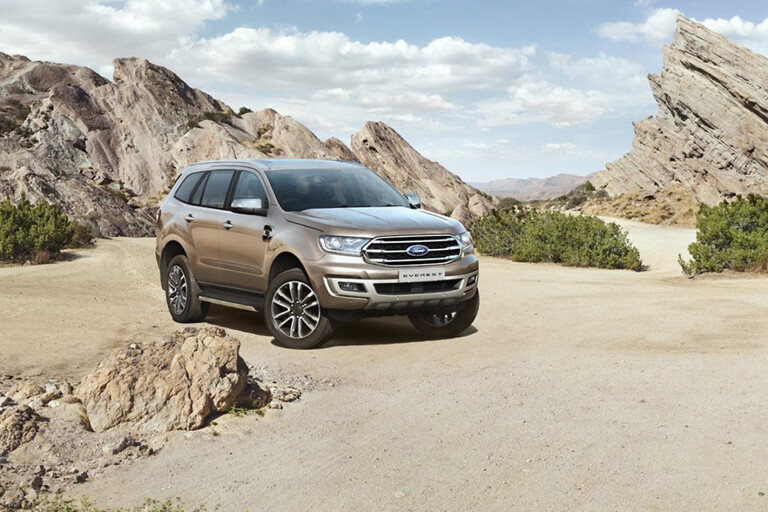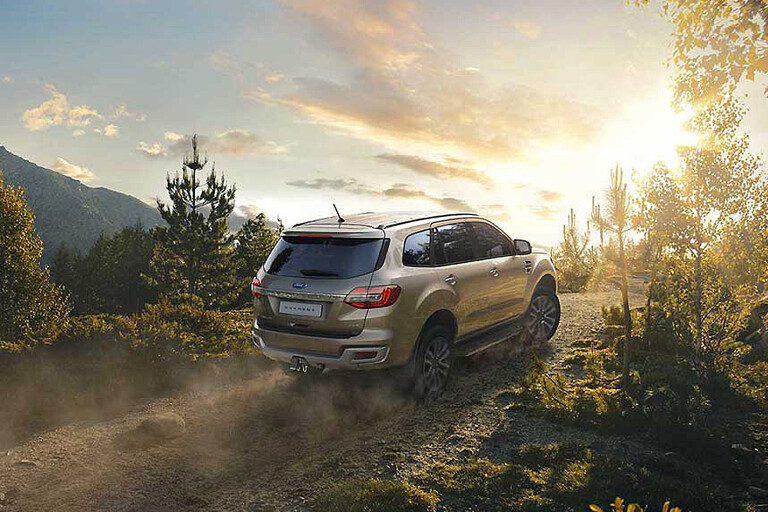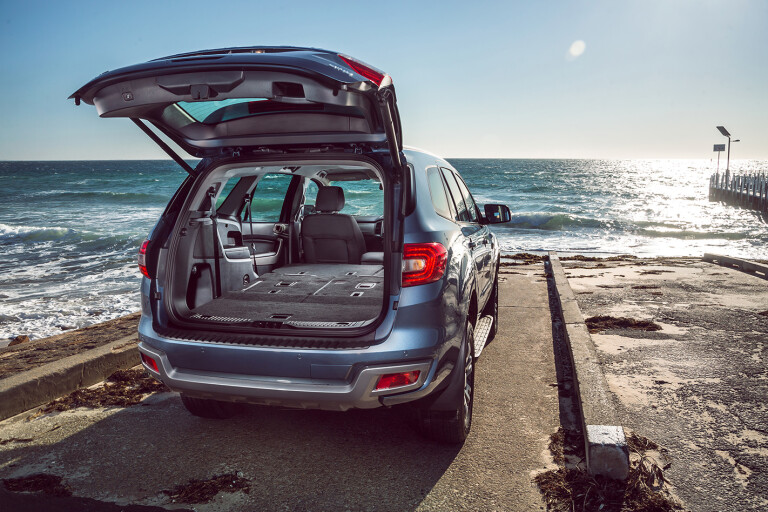
FORD’s Everest has clocked up just over 12,000 sales since it was introduced at the tail end of 2015. And that doesn’t seem much to brag about. By contrast, Toyota’s Prado shifted almost 16,000 units in 2017 alone. The Everest sold a quarter of that.
Ask Karen Larkin, the Product Marketing Manager if she’s at all disappointed by Everest sales and you get an interesting response.
“It’s always difficult to establish a new nameplate in a market,” she explains. “It takes a little while for customers to get used to it, and Everest sales have grown year on year since 2015.” That much we knew.

“We wanted some sort of reference point for this, so we looked at when Ranger was first introduced to the Australian market back in 2006,” she explains. “We then plotted the trend line on a graph and then overlaid that data with Everest sales. So far, the two models are building sales at an absolutely identical rate, so we’re optimistic about Everest.”
That suggests quite some potential for the big SUV. Last year, Ford shifted nearly 43,000 Rangers in Australia, and it’s also worth bearing in mind that all vehicle sales took a knock post-GFC, so there’s potential for the Everest to outstrip Ranger’s first five years.

With SUV sales growing by 5.6 percent last year alone, there’s some headroom in the market, but the Ford Ranger has had more than a decade to establish its bona fides.
The Everest still has a lot of heavy lifting to do given that the Ranger commanded 57.7 per cent of total Ford sales in Australia last year. The introduction of the new Raptor-engined Everest with the latest facelift will doubtless give the 2019 model year Everest a shot in the arm, but it’ll be interesting to see if the launch of the five-seat Endura softens its numbers in any significant fashion.



COMMENTS